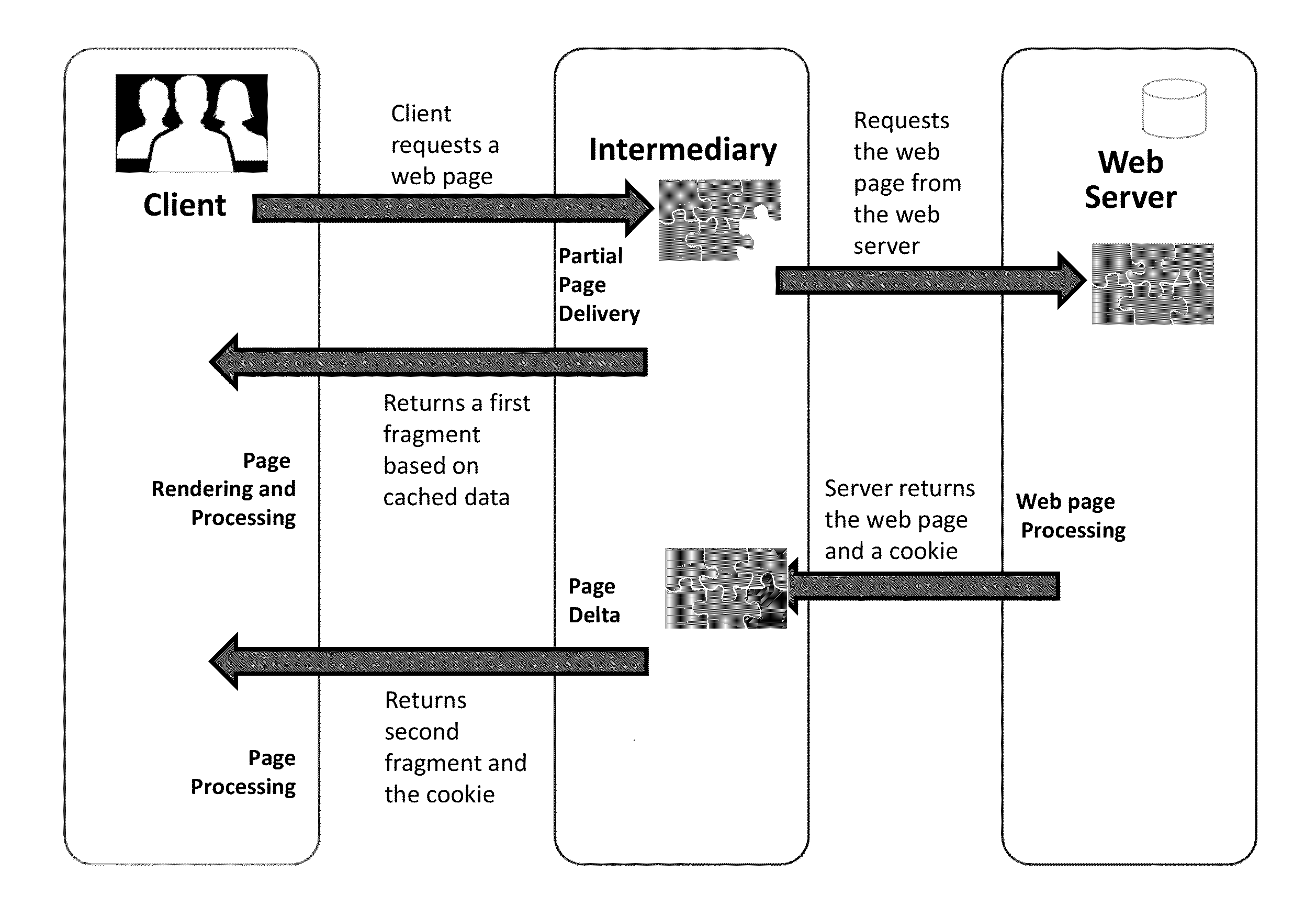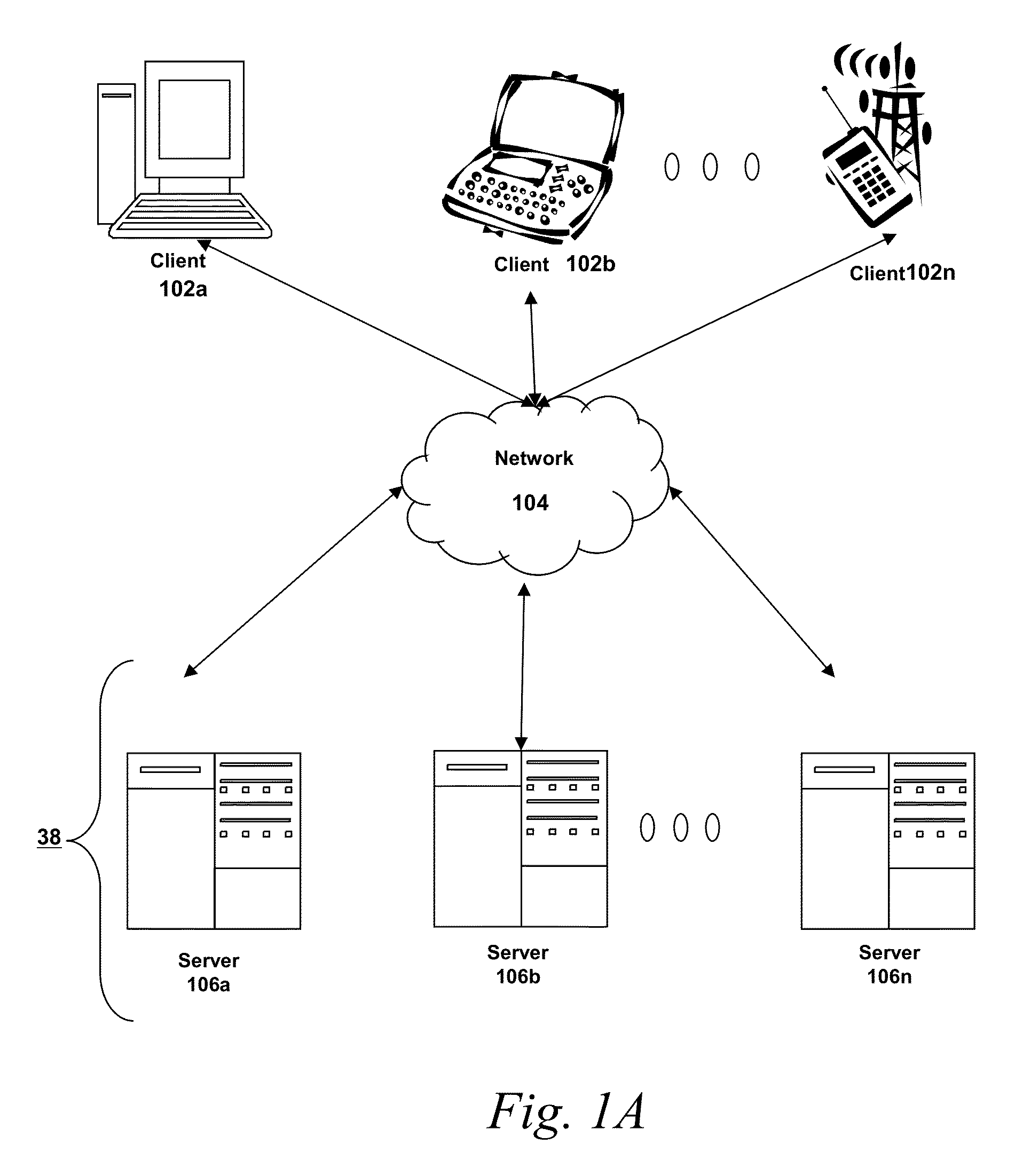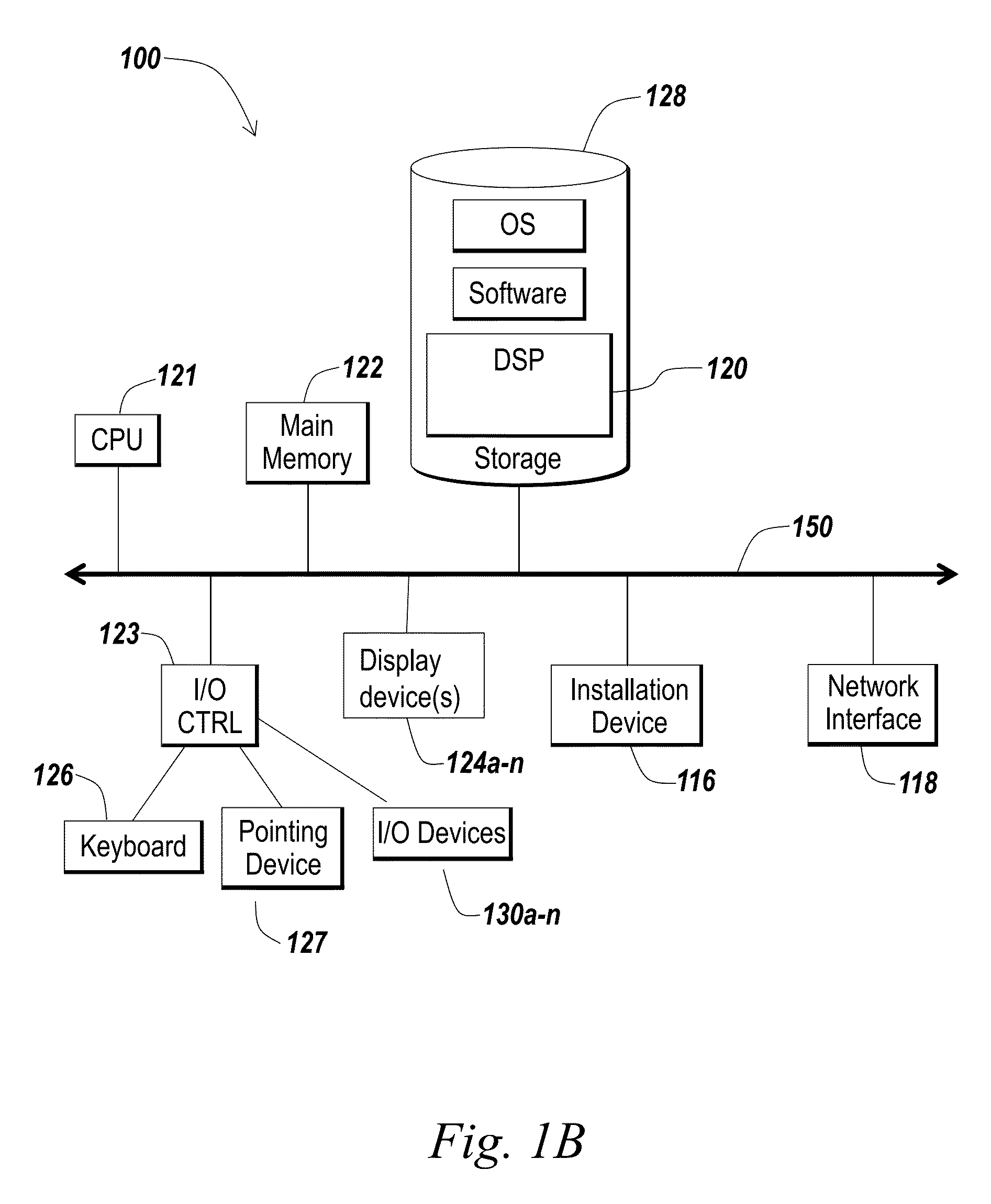Systems and methods for managing loading priority or sequencing of fragments of a web object
a technology of priority and web object, applied in the field of system and method for dynamic content delivery, can solve problems such as bandwidth and processing efficiency, and achieve the effects of improving page loading improving or enhancing system performance and/or user experien
- Summary
- Abstract
- Description
- Claims
- Application Information
AI Technical Summary
Benefits of technology
Problems solved by technology
Method used
Image
Examples
example
Sequencing a Dynamic HTML Page
[0259]Consider a dynamic web page identified by URL “http: / / www.mysite.com / path / loggedin.html”. This HTML source code for the page may look like:
[0260]
HTML Source Code for “loggedin.html”...Welcome, CoachWei. Your last login was at 03:23:14am ETMar 2 2013...This is content block #1...This is a content block #2...This is content block #3....
[0261]This page may contain many content blocks. Each content block can contain its own resources. In this example, content block “header” may be dynamically generated and may be personalized to the current logged in user. Other content blocks may be static and not personalized. In a typical process, the browser may send the request to the web server for page http: / / www.mysite.com / path / loggedin.html. The Web server may receive such HTTP request, find the session information and the user information, perform server side business logic processing and may also perform the necessary data lookups and queries. Eventually, t...
PUM
 Login to View More
Login to View More Abstract
Description
Claims
Application Information
 Login to View More
Login to View More - R&D
- Intellectual Property
- Life Sciences
- Materials
- Tech Scout
- Unparalleled Data Quality
- Higher Quality Content
- 60% Fewer Hallucinations
Browse by: Latest US Patents, China's latest patents, Technical Efficacy Thesaurus, Application Domain, Technology Topic, Popular Technical Reports.
© 2025 PatSnap. All rights reserved.Legal|Privacy policy|Modern Slavery Act Transparency Statement|Sitemap|About US| Contact US: help@patsnap.com



